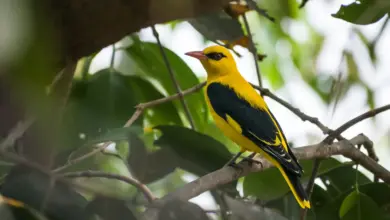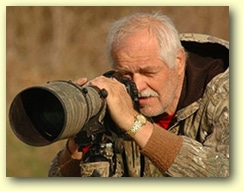Royal Spoonbills
Spoonbills … Ibises
The Royal Spoonbills, Platalea regia, also known as the Black-billed Spoonbills, occurs in intertidal flats and shallows of fresh and saltwater wetlands in Australia, New Zealand, Indonesia, Papua New Guinea, and the Solomon Islands. It has also been recorded as a vagrant in New Caledonia.
Description
The Royal Spoonbills is a large white bird with a black, spoon-shaped bill. It is a wading bird and has long legs for walking through water. It eats fish, shellfish, crabs, and amphibians, catching its prey by making a side-to-side movement with its bill.
It always flies with its head extended.
Breeding
When Royal Spoonbills are breeding, long white plumes grow from the back of their heads and colored patches appear on the face.
The nest is an open platform of sticks in a tree in which the female lays two or three eggs. The chicks hatch after 21 days.
The birds are highly sensitive to disturbance in the breeding season. In Australia, whole colonies have been known to desert their eggs after a minor upset.
Diet / Feeding
The Royal Spoonbills is an Australian Bird that lives in wetlands and feeds on crustaceans, fish, and small insects.
The Royal Spoonbills feeds by sweeping its bill from side to side.
Status
Widespread throughout its large range, the Royal Spoonbills is evaluated as Least Concern on the IUCN Red List of Threatened Species.
References
- BirdLife International (2009) Platalea regia In: IUCN 2009. IUCN Red List of Threatened Species. Version 2009.2. www.iucnredlist.org Retrieved on February 7, 2010.
Copyright: Wikipedia. This article is licensed under the GNU Free Documentation License. It uses material from Wikipedia.org … Additional information and photos added by Avianweb.
Please Note: The articles or images on this page are the sole property of the authors or photographers. Please contact them directly with respect to any copyright or licensing questions. Thank you.




